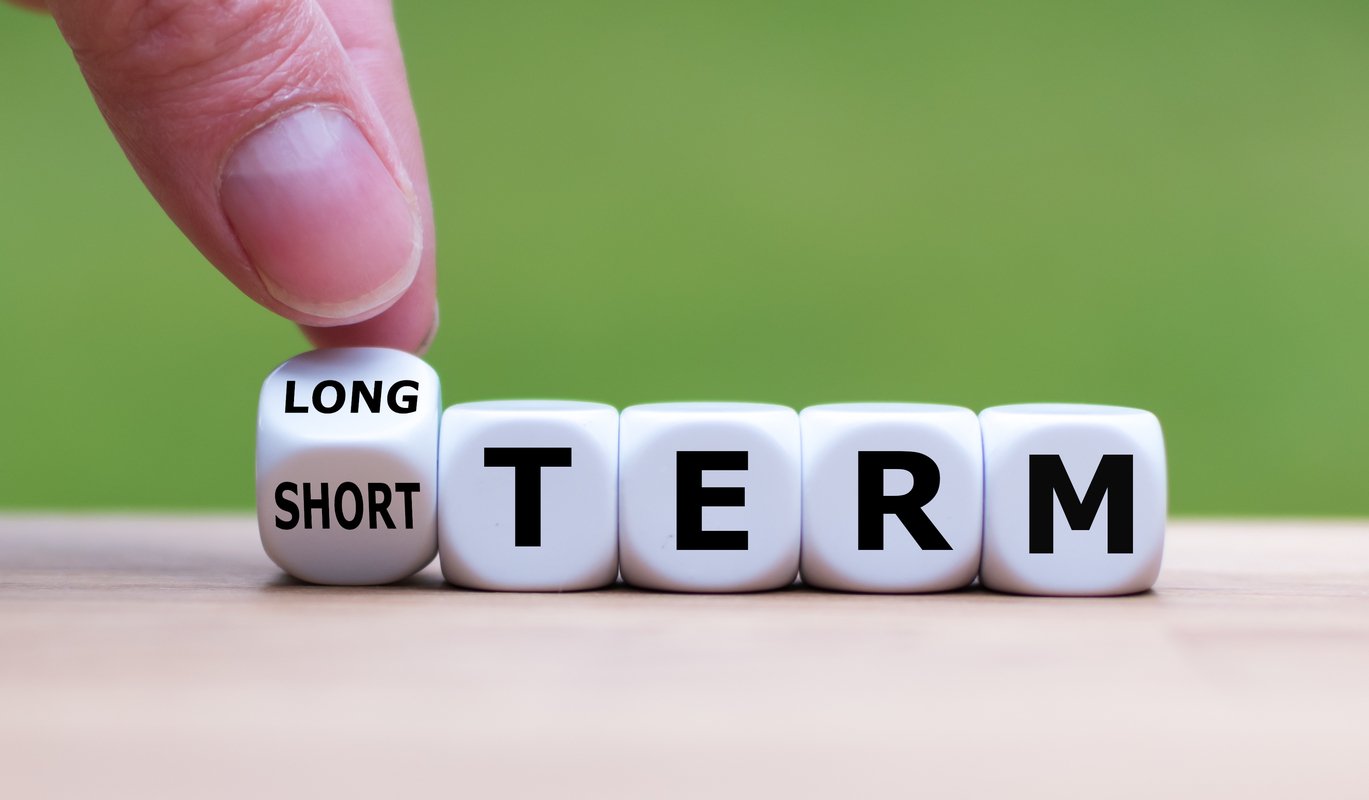When it comes to large and fairly complicated companies such as Bristol-Myers Squibb, (BMY 2.40%), the most knowledgeable investors tend to see a lot of things that casual observers miss. Whether it's something subtle with the timing of when new sources of revenue are anticipated to come on line, or a key pillar of a business' future strategy that won't show up in a glance at the financial metrics, it's worth understanding the finer points if you're considering an investment.
With that perspective in hand, let's explore three less-than-obvious things about Bristol-Myers that smart investors probably know, so that you'll have the benefit of their observations.

NYSE: BMY
Key Data Points
1. Growth won't be strong for at least a couple of years
Smart investors appreciate that Bristol-Myers isn't going to be expanding very much in the near term as a result of one of its big-earning medicines losing its exclusivity protections.
Management's outlook calls for the top line to increase by a scant 2% for 2023. Wall Street analysts are slightly less optimistic, with their estimates calling for 1.4% revenue growth on average in 2023, and a piddling 2.2% for 2024.
The primary culprit is that its multiple myeloma drug Revlimid is getting its market share annihilated by generic competitors; in the first quarter alone, its sales crashed by 37% year over year, falling to $1.7 billion. That dragged down the entire top line for the first quarter by 3% year over year, with total sales of $11.3 billion. The damage is expected to continue.
Still, wise investors know that such losses are part of the circle of life when it comes to pharma companies. In other words, Bristol-Myers didn't do anything wrong; it's just facing a gap between when one of its older drugs starts to scale down and when its newer medicines hit the market and ramp up sales.
And since it has a total of six programs awaiting rulings by regulators around the world, with commercialization of at least a few of those being highly likely, it's safe to assume that revenue growth will eventually pick up again.
2. Acquisitions are likely on the way
There are a few signs that smart investors probably picked up on that indicate Bristol-Myers will be favoring an acquisition-based growth strategy.
The first sign is that management is overtly talking about looking for opportunities to diversify the portfolio and beef up its long-term growth potential. Expect more purchases of promising early-stage assets, and perhaps entire biotechs, like it did in August 2022 with its all-cash buyout of Turning Point Therapeutics, an oncology developer.
The second sign is that more than 60% of its pipeline today is derived from externally developed assets. In other words, this company is already doing acquisition-driven expansion, and it has been for years. So smart investors also likely appreciate that management has a good deal of know-how when it comes to picking the best opportunities.
The final sign supporting more acquisitions in the future is its research and development (R&D) expenditures. Over the past five years, its R&D spending only rose 3%, whereas R&D spending fell sharply as a share of quarterly revenue. With less spent on internally developed pipeline programs, smart investors see that there's more money to spend on buying outside growth assets.
3. Faster-paced dividend growth isn't likely
Experienced investors assume that Bristol-Myers isn't about to become a dividend-hiking powerhouse anytime soon, and here's why. Whereas its payout rose by 42.5% over the last five years, its payout ratio is 74%, and its near-term earnings growth is unlikely to be impressive for reasons we've already covered.
Therefore, with a relatively small amount of room to hike the dividend, and slow growth ahead, it wouldn't be in the company's best interest to start giving shareholders a bigger raise each year.
Nor do smart investors expect it to crank up its stock buyback program anytime soon. Although there's about $7 billion left to spend in its existing repurchasing authorization, management is loath to tap much of that sum without a major dip in share prices. Shareholders should feel comfortable about that, and veteran investors probably do -- it's better to keep money on the sidelines waiting for a good opportunity than it is to deploy it inefficiently.





